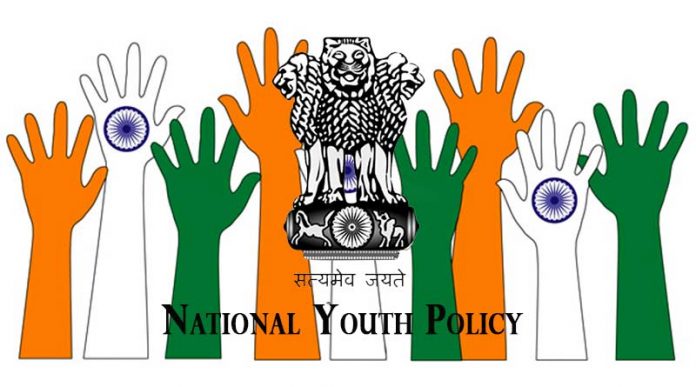India, one of the world’s densely populated country has a majority of young people marking about 41.5% of the population. In other words, every fifth person in the country is young. This is an advantage that professionals of the social science sector lovingly call the demographic dividend. To harness the potential of this section of the society was the aim behind enacting the first national youth policy in 1988.
What is the National Youth Policy?
The National Youth Policy was framed by the government to empower the youth and help the youth of the nation to develop and provide wings to their dreams. The main aim of the policy is to caters to the needs of the youth that fall under the age-group of 15-29 years.
While there is a lot of talk about youth potential, there is little to no research on it which leads to unnecessarily stretching the stipulated period of five years within which policies need to be updated. The second and third edition of this policy came out in 2003 and 2014 as a result. The next update is about to roll out this year but before it does I hope its target audience hears about it, understands, and reads it so that it can make optimum use of it.

If you are already convinced with my argument, great! But if you are not here’s a list of things that convinced me to keep a track of the national youth policy:
1. The 2014 brief marked out eleven priority areas that ranged from education to sports and even recreational activities. The focus of the policymakers was to help the youth discover themselves which relieves us from seeing ourselves only from the generic lens of the bread earners of tomorrow. This enhances the scope for experimentation, focuses on personality development, professionally and otherwise.
2. As per the Union Budget of 2011 and 2012, the government stipulates that it spends around a whopping ninety thousand crores for promoting the youth sector through direct as well as indirect schemes. On top of this, other non-targeted expenditures through subsidies, scholarships, NREGA, and others are made. This large amount of money is kept aside for us- the youth of the country, but a huge chunk of it is doesn’t reach the ones who need it because of the low level of awareness regarding the schemes and policies of the government. Irrespective of the governmental efforts, I suppose that we all should collaborate, inform as many people around us whatever we can so that through this at least someone is benefitted.
3. The national youth policy of 2014 talks about incorporating youth in conversations regarding policies, politics to seek their approval as well as to understand their concerns. The involvement it states can be through various sources, it can be either through Rajiv Gandhi National Institute for Youth Development, NGO’s working for the marginalized youth, college-level organizations like NSS and NCC, internships at NITI Aayog and other departments of the government.
4. The most intriguing part according to me is the realization that even if the youth cohort falls under the same age, there are and will always be differences within. There have been attempts at recognizing each minor group within the cohort and understanding their problems to not promote but become inclusive.
These are a few of the many things that make me regard the national as well the state youth policies as one of the most well-crafted and informative government documents but to our dismay, we need to put in a lot of effort to make the dreams noted down on this paper a reality.






























